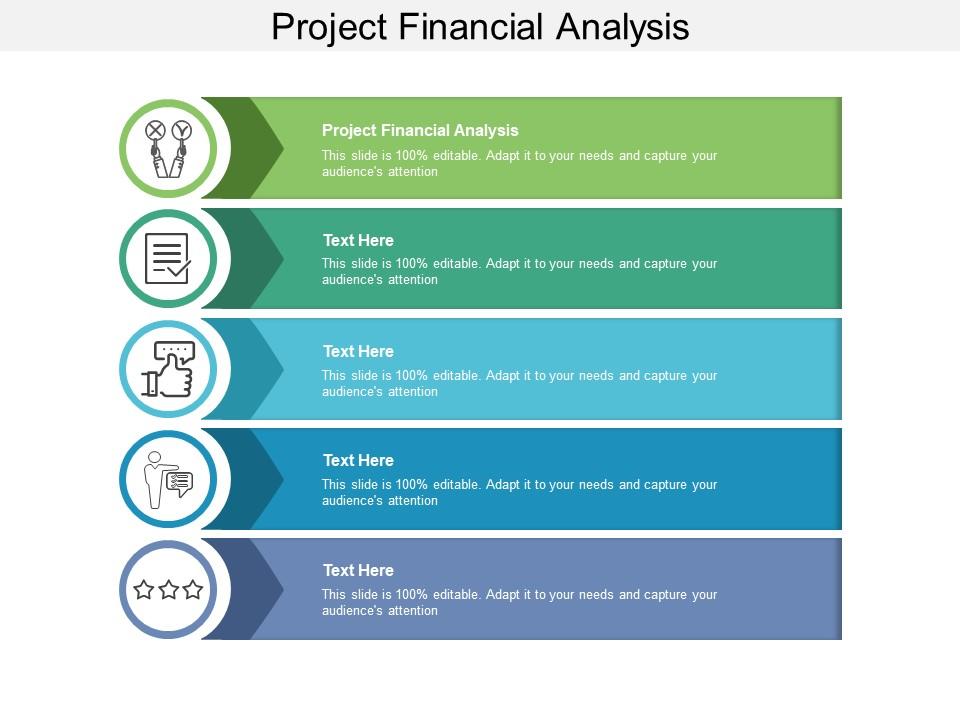Project finance analysis
Project finance analysis are complete documents that provide an overview of the financial aspects of a specific project. These reports are prepared to assess the financial feasibility, viability, and potential risks associated with the project.
Here are some key components typically included in project finance reports:
Executive Summary:
A brief summary of the Project finance analysis, highlighting key financial indicators, objectives, and outcomes.
Introduction:
An introduction to the project, providing background information, objectives, and the rationale for undertaking the project.
Project Description:
A detailed description of the project, including its nature, scope, and key features. This section may cover technical specifications, infrastructure requirements, and operational details.
A comprehensive analysis of the project’s financial aspects, including:
Capital Expenditure (CAPEX): Estimated costs associated with the project’s construction, equipment, and infrastructure.
Operating Expenditure (OPEX): Projected costs related to operations, maintenance, and administration.
Revenue Projections: Forecasts of revenue generation based on sales, pricing strategies, market demand, and other relevant factors.
Cash Flow Analysis: Projections of cash inflows and outflows over the project’s life, assessing the project’s financial sustainability.
Financial Ratios:
Analysis of key financial indicators such as Return on Investment (ROI), Net Present Value (NPV), Internal Rate of Return (IRR), and Payback Period.
Sensitivity Analysis:
Evaluation of the project’s financial performance under different scenarios or variations in critical factors.
Risk Assessment:
Identification and assessment of potential risks and uncertainties that may impact the project’s financial performance. This may include market risks, regulatory risks, construction risks, operational risks, or financial risks.
Financing Plan:
Description of the proposed financing structure for the project, including sources of funds, debt-equity ratio, repayment terms, and interest rates.
Financial Projections:
Projections of the project’s financial performance over the project’s life, including income statements, balance sheets, and cash flow statements.Project finance analysis
Project Viability and Feasibility:
An evaluation of the project’s financial viability and feasibility, considering factors such as Return on Investment (ROI), break-even analysis, and sensitivity analysis.
Conclusion and Recommendations:
A summary of the findings and recommendations based on the financial analysis, risk assessment, and viability assessment.
Appendices:
Supporting documents and additional information, such as detailed financial models, market research data, contracts, and agreements. Project finance analysis
Project finance reports are crucial for decision-making, attracting investors or lenders, and ensuring the financial viability of the project. These reports are often prepared by financial analysts, project managers, or consultants, and they serve as a key tool in assessing the project’s financial aspects and securing necessary funding.

